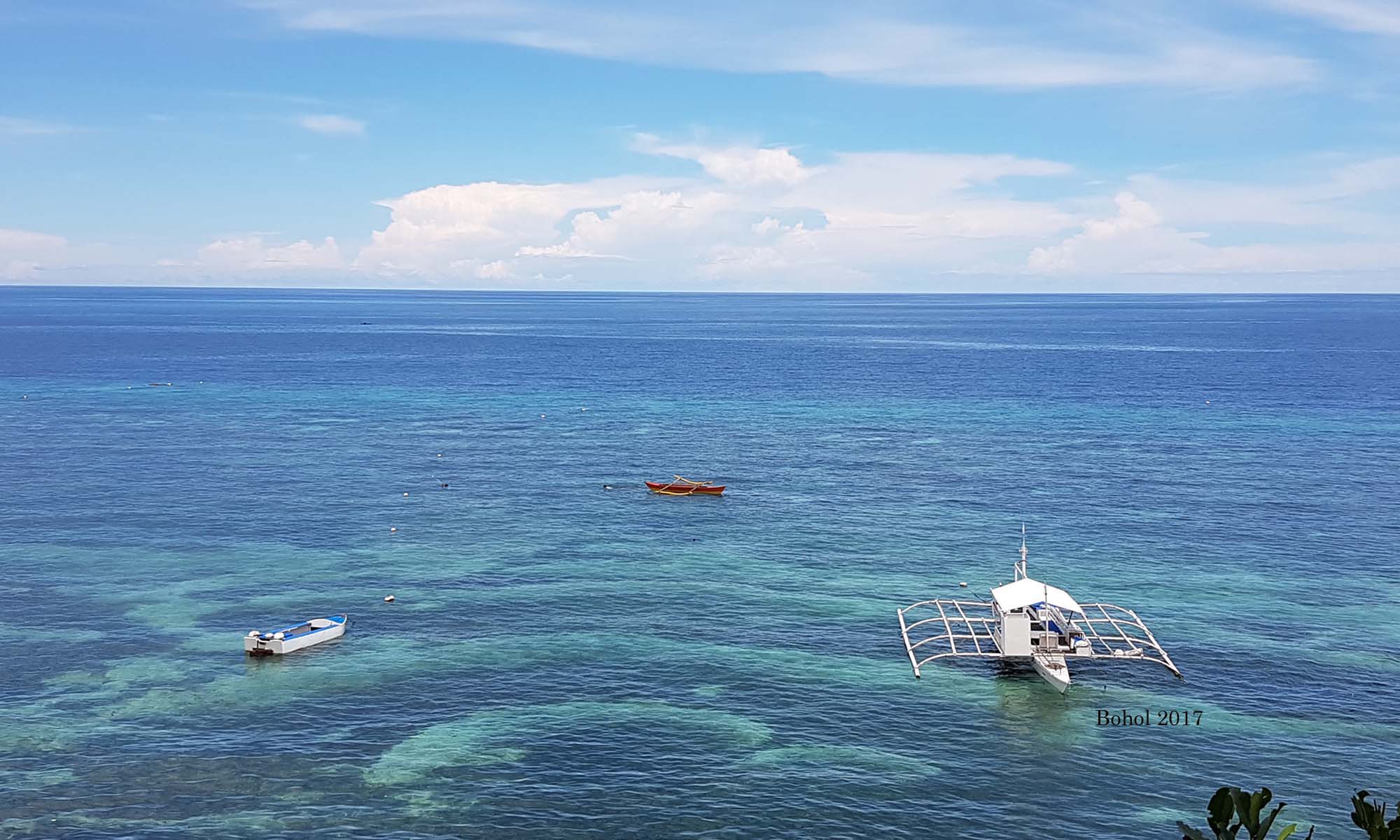2022 IJRSE – Volume 11 Issue 15
Special IJRSE Luminary Issue
Available Online: 20 October 2022
Author/s:
Akol, Welmina
Emilio Aguinaldo College, Philippines (welmina.akol@eac.edu.ph)
Abstract:
This study determined to identify challenges of teachers amidst the COVID-19 pandemic and addressed those challenges through interventions. This study employed a sequential exploratory mixed-methods strategy. Qualitative analysis of the responses provided by the teacher participants during the first phase and provided intervention based on the results of survey. This was conducted at Bacoor National High School-Main in Bacoor City during the SY 2021-2022 with 68 participants were chosen using purposive sampling technique. The qualitative data were subjected to theme analysis by the researcher and assigned pseudonyms like T1, T2, and so on to protect their privacy. Their responses were classified and categorized by themes. All the challenges encountered during pandemic were provided intervention. In the quantitative data, the researcher utilized frequency and percentage for the descriptive analysis for the results of the different intervention programs. There were nine (9) themes identified as the challenges encountered by the teachers during pandemic namely: communication, submission of output, authenticity of assessment, connectivity, gadgets/tools, use of technology, parental support, learning environment and financial problem. The different programs were implemented by the school which produced a positive result. Among the programs implemented the Oplan Kalinga, produced highest result. Out of 172 identified unreachable learners, 89 or 51.74% responded and 83 or 55.66% % were increased the performance.
Keywords: teachers’ challenges, pandemic, strategic intervention program
DOI: https://doi.org/10.5861/ijrse.2022.b033
Cite this article:
Akol, W. (2022). Teachers’ challenges amidst the pandemic: Basis for strategic intervention program. International Journal of Research Studies in Education, 11(15), 83-95. https://doi.org/10.5861/ijrse.2022.b033
